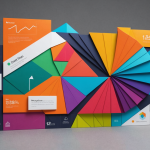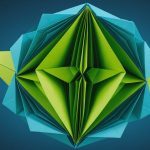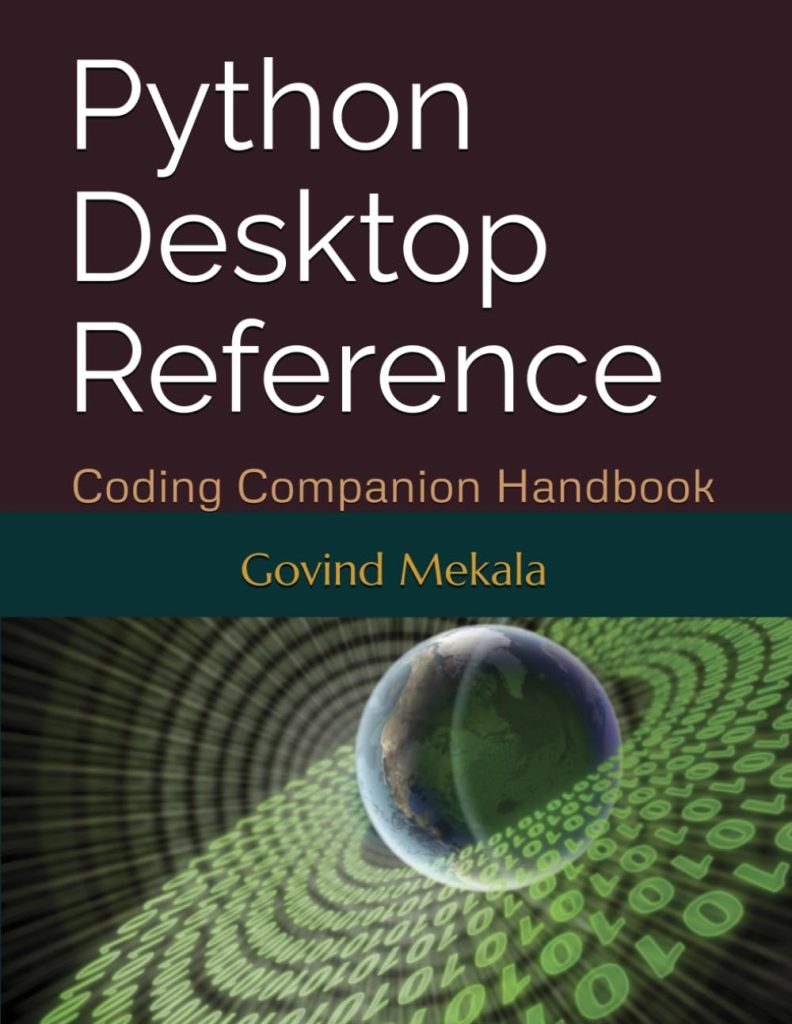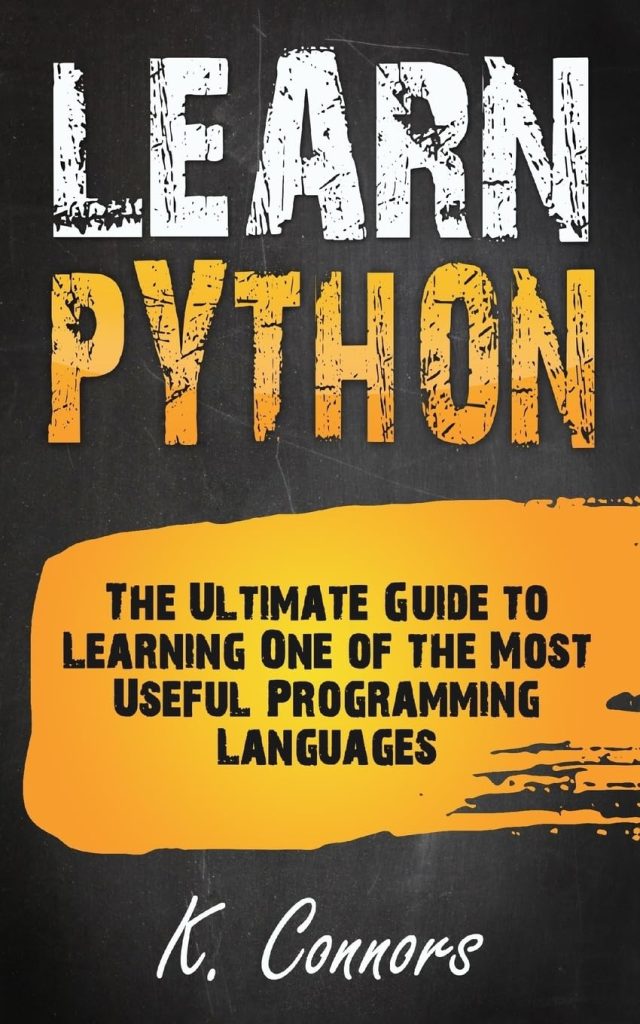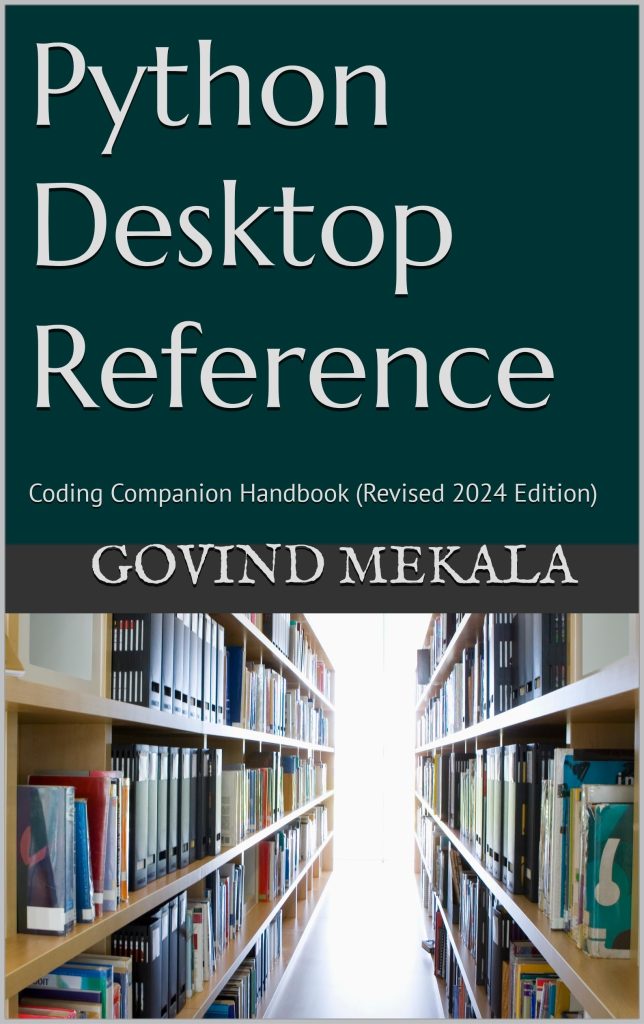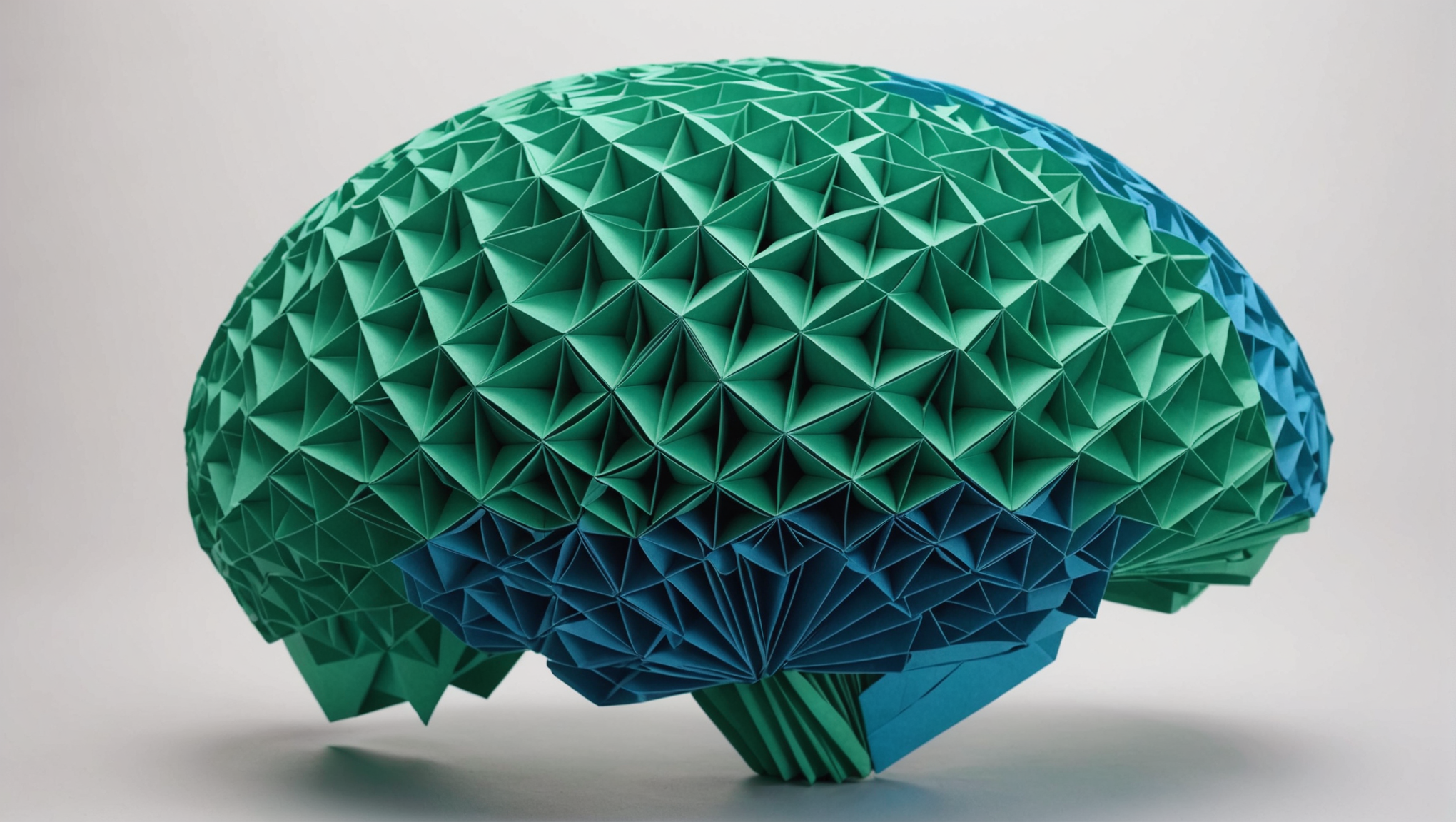
Attention mechanisms have revolutionized the field of deep learning by allowing models to dynamically focus on specific parts of the input data, treating all parts of the data with varying degrees of importance. This capability is particularly beneficial in tasks involving sequences, such as natural language processing, where the relevance of a word can depend heavily on its context within a sentence.
At its core, the attention mechanism functions by computing a context vector that emphasizes the most relevant parts of the input for each element in the output. This context vector is derived through a weighted sum of input features, where the weights are determined by an alignment model that scores the relevance of each input element.
To illustrate this, ponder the concept of self-attention</>, which enables a model to look at the entire input sequence to derive the output for each token. In self-attention, each token generates a query, key, and value. The query is compared to all keys to determine how much focus to place on each value. This interaction is encapsulated in the following equations:</p>
import numpy as np
# Example: Q, K, V matrices for self-attention
Q = np.array([[1, 0, 1], [0, 2, 1]]) # Queries
K = np.array([[1, 0, 1], [0, 1, 2]]) # Keys
V = np.array([[1, 2], [3, 4]]) # Values
# Dot-product attention
attention_scores = np.dot(Q, K.T) # Shape: [n_queries, n_keys]
attention_weights = softmax(attention_scores) # Apply softmax to get weights
output = np.dot(attention_weights, V) # Shape: [n_queries, value_dim]
def softmax(x):
e_x = np.exp(x - np.max(x)) # Stability improvement
return e_x / e_x.sum(axis=1, keepdims=True)
In the snippet above, we compute attention scores by taking the dot product of queries with keys. The softmax function transforms these scores into a probability distribution, allowing for more interpretable weights that sum to one. The final output is a weighted sum of the value vectors, where the weights highlight the most relevant values for each query.
This mechanism allows deep learning models, particularly those based on transformers, to efficiently capture long-range dependencies and contextual relationships within the input data, significantly enhancing their performance on a wide range of tasks. The impact of attention mechanisms does not stop at improving model performance; they also offer insight into the model’s interpretability by revealing which parts of the input contribute most to the predictions.
As we move forward, understanding how to implement these mechanisms in frameworks like Keras will empower practitioners to leverage these powerful tools in their deep learning models, making attention a central component in advanced architectures.
Overview of Keras and Its Functional API
Keras, developed as a high-level neural networks API, simplifies the process of building and training deep learning models. Its design allows users to quickly prototype and implement complex architectures with minimal code. At the heart of Keras is the Functional API, which offers greater flexibility compared to the Sequential API, enabling the creation of models with arbitrary connections between layers and shared layers.
With the Functional API, each layer is treated as a function that takes input tensors and produces output tensors. This approach allows for the construction of models that are not only more complex but also more intuitive when incorporating advanced features such as attention mechanisms. In essence, the Functional API treats the model itself as a computation graph, providing a visual and practical way to connect various components of a neural network.
To show how to create a simple model using the Keras Functional API, let’s ponder a scenario where we want to build a model that incorporates attention layers. In this example, we will create a model with an input layer, a dense layer, and an attention layer to process the outputs:
from tensorflow.keras.layers import Input, Dense, Layer, Dot, Activation, Concatenate
from tensorflow.keras.models import Model
# Define a simple Attention Layer
class AttentionLayer(Layer):
def __init__(self, **kwargs):
super(AttentionLayer, self).__init__(**kwargs)
def call(self, inputs):
query, key, value = inputs
scores = Dot(axes=-1)([query, key]) # Compute attention scores
weights = Activation('softmax')(scores) # Softmax to get attention weights
output = Dot(axes=-1)([weights, value]) # Weighted sum of values
return output
# Define model inputs
input_tensor = Input(shape=(None, 64)) # Input shape for sequences with features
query = Dense(32, activation='relu')(input_tensor) # Query transformation
key = Dense(32, activation='relu')(input_tensor) # Key transformation
value = Dense(32, activation='relu')(input_tensor) # Value transformation
# Apply attention
attention_output = AttentionLayer()([query, key, value])
# Final output layer
output = Dense(10, activation='softmax')(attention_output) # Example output layer
# Create the model
model = Model(inputs=input_tensor, outputs=output)
# Summary of the model
model.summary()
In this code snippet, we first define an `AttentionLayer`, which computes attention scores and applies softmax to derive attention weights that are used to output a weighted sum of the input values. Then, we define the model architecture using the Functional API. The model processes an input sequence of features, derives keys, queries, and values through dense layers, and finally incorporates an attention mechanism before producing the final output.
With Keras’ Functional API, the potential for building models that leverage attention is vast. Users can easily add layers, modify connections, and create complex architectures, making it a powerful tool in the deep learning toolkit. As we delve deeper into specific implementations of attention mechanisms, Keras provides the building blocks necessary to integrate these sophisticated concepts into tangible models, enhancing their capabilities and performance in a wide range of applications.
Implementing Self-Attention Layer in Keras
import numpy as np
from tensorflow.keras.layers import Layer, Dot, Activation
from tensorflow.keras import backend as K
class SelfAttention(Layer):
def __init__(self, **kwargs):
super(SelfAttention, self).__init__(**kwargs)
def build(self, input_shape):
self.W_q = self.add_weight(shape=(input_shape[-1], input_shape[-1]), initializer='random_normal', trainable=True)
self.W_k = self.add_weight(shape=(input_shape[-1], input_shape[-1]), initializer='random_normal', trainable=True)
self.W_v = self.add_weight(shape=(input_shape[-1], input_shape[-1]), initializer='random_normal', trainable=True)
super(SelfAttention, self).build(input_shape)
def call(self, inputs):
query = K.dot(inputs, self.W_q) # Transform input to query
key = K.dot(inputs, self.W_k) # Transform input to key
value = K.dot(inputs, self.W_v) # Transform input to value
attention_scores = K.batch_dot(query, K.permute_dimensions(key, (0, 2, 1))) # Dot product of Q and K
attention_weights = Activation('softmax')(attention_scores) # Softmax to normalize weights
output = K.batch_dot(attention_weights, value) # Weighted sum of V
return output
# Example usage in a Keras model
from tensorflow.keras.layers import Input, Dense
from tensorflow.keras.models import Model
input_tensor = Input(shape=(None, 64)) # Input shape for a sequence of features
self_attention_output = SelfAttention()(input_tensor) # Apply self-attention
# Potentially add more layers to the model
output = Dense(10, activation='softmax')(self_attention_output) # Final output layer
# Create the model
model = Model(inputs=input_tensor, outputs=output)
# Summary of the model
model.summary()
In this implementation, we define a SelfAttention layer that encapsulates the necessary transformations of input data into queries, keys, and values. The build method initializes the weight matrices for each transformation, which are learned during training. Within the call method, we compute the attention scores through the dot product of queries and keys, followed by a softmax operation over the scores to obtain normalized attention weights. The final output is derived by performing a weighted sum of the values, which reflects the self-attention mechanism’s focus on the input sequence.
This self-attention layer can be integrated seamlessly into any Keras model, offering a robust method for using attention in various tasks. By employing this layer, developers can build architectures capable of capturing complex dependencies in sequential data, thus enhancing the capabilities and performance of their models, particularly in scenarios requiring nuanced understanding of context or relationships between elements in a sequence.
As we further explore the integration of attention mechanisms into sequence models, the ease of use and flexibility provided by Keras empower practitioners to push the boundaries of what’s possible with deep learning.
Integrating Attention Mechanisms into Sequence Models
Integrating attention mechanisms into sequence models allows for a more nuanced understanding of the relationships between data points, particularly when dealing with varying lengths and complexities in input data. Sequence models, commonly used in tasks such as language translation, sentiment analysis, and time series prediction, can greatly benefit from the ability to dynamically focus on relevant parts of the sequence. The Keras framework, particularly through its Functional API, facilitates the seamless incorporation of attention layers into these models.
To effectively integrate attention into sequence models, it’s important to think how the various components—such as the input layer, attention mechanism, and output layer—interact. An effective approach is to position the attention layer after the initial transformations of the input data, allowing it to operate on the encoded representations of the sequences. This is particularly relevant when working with recurrent types of architectures, such as LSTM or GRU, where each time step’s output can be influenced by attention scores derived from the entire sequence.
Here’s an example of how to create a sequence model with an attention layer that processes input sequences with an LSTM layer followed by an attention mechanism:
from tensorflow.keras.layers import Input, LSTM, Dense from tensorflow.keras.models import Model # Define an LSTM-based model with attention input_tensor = Input(shape=(None, 64)) # Input shape for sequences # LSTM layer to process the input sequence lstm_out = LSTM(128, return_sequences=True)(input_tensor) # Return sequences for attention # Using SelfAttention defined earlier attention_output = SelfAttention()(lstm_out) # Apply self-attention # Final output layer output = Dense(10, activation='softmax')(attention_output) # Example output layer for classification # Create the model model = Model(inputs=input_tensor, outputs=output) # Summary of the model model.summary()
In this example, we first define an input layer to accept sequences of features. An LSTM layer processes this input, with `return_sequences=True` to ensure that the LSTM provides an output for each time step, which is critical for the attention mechanism to compute contextual relationships across the entire sequence.
The SelfAttention layer is then applied to the outputs of the LSTM, allowing the model to assess the importance of each time step in relation to the others, effectively re-weighting the information from the sequence based on dynamic relevance determined during training. Finally, the output layer produces probabilities for classification tasks, concluding the architecture.
Integrating attention mechanisms in such a manner enhances the model’s ability to capture long-range dependencies, creating richer representations that are sensitive to the context of each input element. That is particularly vital in tasks involving sequences that require understanding of subtle, intricate dependencies, thus elevating the performance of models beyond traditional architectures.
Moreover, Keras allows for experimenting with varying configurations of attention, such as multi-head attention or hierarchical attention, providing the necessary flexibility to tailor models to specific tasks. The combination of sequence processing capabilities with attention mechanisms represents a significant advancement in deep learning methodologies, empowering practitioners to tackle more complex challenges in diverse fields.
Evaluating the Performance of Attention-Enhanced Models
Evaluating the performance of attention-enhanced models is a critical step in understanding their effectiveness and making informed decisions based on empirical results. By integrating attention mechanisms, we aim to improve the model’s ability to capture relevant information from the input data, especially in tasks that involve sequential dependencies. However, the mere inclusion of attention does not guarantee improved performance; it’s essential to conduct thorough evaluations using various metrics and analysis techniques.
To assess the performance of these models, we typically employ a combination of quantitative metrics and qualitative analyses. Common quantitative metrics include accuracy, F1-score, precision, and recall, which are particularly relevant for classification tasks. Additionally, for regression tasks, we might look at metrics like Mean Squared Error (MSE) or Mean Absolute Error (MAE). The choice of metric heavily depends on the specific application and the nature of the data.
Let’s consider a classification task to illustrate how we can evaluate a Keras model that incorporates an attention mechanism. We will define our training and test datasets, compile our model, and then evaluate its performance using appropriate metrics.
from tensorflow.keras.optimizers import Adam
from tensorflow.keras.losses import SparseCategoricalCrossentropy
from tensorflow.keras.metrics import SparseCategoricalAccuracy
# Compile the model
model.compile(optimizer=Adam(learning_rate=0.001),
loss=SparseCategoricalCrossentropy(),
metrics=[SparseCategoricalAccuracy()])
# Assume 'X_train', 'y_train', 'X_test', 'y_test' are pre-defined datasets
# Train the model
model.fit(X_train, y_train, batch_size=32, epochs=10, validation_split=0.2)
# Evaluate the model
loss, accuracy = model.evaluate(X_test, y_test)
print(f'Test Loss: {loss}, Test Accuracy: {accuracy}')
In the code snippet above, we compile our model with the `Adam` optimizer and the `SparseCategoricalCrossentropy` loss function suitable for multi-class classification tasks. After fitting the model on the training data, we evaluate its performance on the test dataset, obtaining the loss and accuracy metrics. These figures provide a preliminary indication of how well the model is performing.
Beyond these numerical evaluations, qualitative assessments play an important role in understanding model behavior. One effective approach is to visualize the attention weights assigned to different parts of the input during prediction. By examining which tokens or features receive higher attention, we can gain insights into the model’s decision-making process.
For instance, ponder using the attention weights to visualize the focus on specific words in a sentence during language translation. We can modify our attention layer to return these weights alongside the output. Here is how that can be accomplished:
class AttentionLayerWithWeights(Layer):
def __init__(self, **kwargs):
super(AttentionLayerWithWeights, self).__init__(**kwargs)
def call(self, inputs):
query, key, value = inputs
scores = Dot(axes=-1)([query, key])
weights = Activation('softmax')(scores)
output = Dot(axes=-1)([weights, value])
return output, weights # Return both output and weights
# Modify the model to retrieve attention weights
attention_output, attention_weights = AttentionLayerWithWeights()([query, key, value])
# Now you can visualize the attention weights
import matplotlib.pyplot as plt
def plot_attention_weights(weights):
plt.matshow(weights, cmap='viridis')
plt.colorbar()
plt.title('Attention Weights')
plt.show()
# Assuming 'attention_weights' is available
plot_attention_weights(attention_weights.numpy())
In this snippet, we modify the attention layer to also return the weights. After obtaining these weights during inference, we can visualize them using a colormap to provide a clear representation of how the model emphasizes different parts of the input. This visualization aids in interpreting the model’s focus and understanding which features contribute most to the final predictions.
It’s crucial to balance quantitative metrics with qualitative insights, as both provide essential perspectives on model performance. In practice, a comprehensive evaluation strategy that blends these approaches will yield a more complete understanding of how attention mechanisms influence model behavior and effectiveness. This holistic approach encompasses not just performance scores but also interpretability, which is increasingly vital in the deployment of machine learning models in real-world applications.

